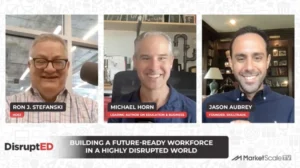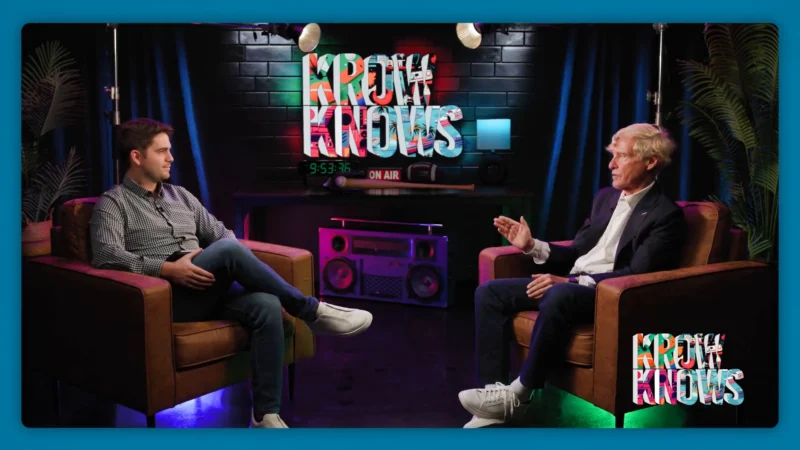Why Sports Broadcasts Are Changing, And What They Will Look Like in 2019
Sitting in front of the TV simply watching the game has become blasé for sports fans today. Viewers have become accustomed to having some sort of interaction with what is currently on the TV, often through a second screen, like a smartphone or tablet. The comments, memes, highlights and replays are not enough. Programs on TV are in a race for their viewers’ full attention.
A 2017 survey reported that 63 percent of sport fans viewing a game are also using a second screen, such as their cell phones or tablets to go onto social media. Now, fans have the chance to surpass their need to use a second device to feel like they are more a part of the game, because there are now new techniques that can enhance the game-watching experience.
Companies like NextVR, a California startup founded in 2009, streams VR content. Its services provide users with a real-life simulation from live events, such as NHL, NBA and Wimbledon matches.
Another company innovating is Turner Sports, which has teamed up with Intel. Turner runs media content for the NBA, NCAA and PGA.
During the NCAA Men’s Basketball Tournament, or ‘March Madness’, Turner Sports worked with the NCAA to bring the VR experience to sports fans by mounting cameras in specific areas and persons, such as baskets and referees.
“You want to get the cameras in locations that are as close to the court as possible. You want to put the fans literally on the court, if you can, which is challenging, because you can’t disrupt the actual game,” said Senior Vice President of digital for Turner Sports, Mark Johnson, according PC Mag.
Due to the position of the camera on the participant in the game, viewers are able to witness the action through the perspective of the athlete on the court.
“At times, leagues will get nervous that it may distract or could become some sort of an injury at some point for a player. We’ve experimented with locations and feel like we’ve got probably the best we can get at this point, with cameras on the baskets and the sidelines,” Johnson told PC Mag.
Though it may not seem like much of a surprise for sports leagues like the NBA, NFL or even the NCAA to need to stay up to date with technology to attract and maintain a younger audience, it is actually the PGA TOUR that is setting the bar. The golf circuit has begun offering live apps to follow players like Tiger Woods on the green, disrupting the traditional golf broadcast by keying in on featured players and groupings.
“We have the luxury, especially with our feature groups, of following and showing every single shot of a featured player, whether that’s Spieth, or Tiger, or Phil. We’re literally showing them tee off from the first tee and finishing their last spot on the 18th green,” Johnson said to PC Mag. “TV can’t do that.”
The market growth of VR and AR is project to grow to $209.2 billion by 2022. Individuals like Johnson are aware of the possibilities and the necessity of VR, more importantly audience interaction when it comes to sports viewership and not only gaining fans but keeping them.
Whether it is AR/VR, a tablet or a smartphone, the leagues and broadcasters that can best keep audiences engaged away from a TV set will be best positioned to grow in 2019.
For the latest news, videos, and podcasts in the Sports & Entertainment Industry, be sure to subscribe to our industry publication.
Follow us on social media for the latest updates in B2B!
Twitter – @SportsEntMKSL
Facebook – facebook.com/marketscale
LinkedIn – linkedin.com/company/marketscale








